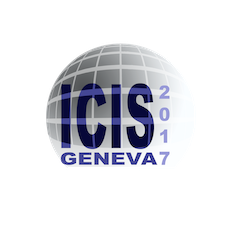Speaker
Description
The paper presents the results of experimental studies of the production of high intensity low ion energy repetitively pulsed beams of aluminum. The generation of metal plasma was conducted by a DC vacuum arc evaporator. The formation of ion beams was carried out using an original developed system combining plasma–immersion approach for extraction and acceleration of ions and their further ballistic focusing and transportation in an equipotential drift space formed by a partially spherical grid electrode. Design of a highly efficient system for the suppression of vacuum arc microdroplet fraction is described. The system allows to prevent the accumulation of aluminum macroparticles in the focusing area of ion beam. The main peculiarities of high intensity aluminum ion beams formation are studied. The influence of ion beam space charge neutralisation on the efficiency of its focusing and transportation, and a data on ion beam current density distribution depending on negative bias parameters (e.g. voltage amplitude, pulse duty factor) and a geometry of the grid electrode are investigated. The possibility of macroparticle–free aluminum ion beam formation with high current density up to 0.5 A/cm$^{2}$ at negative bias amplitude of 3.2 kV is shown. The experimental results demonstrate the ability of super-deep aluminum dopant penetration into Ni target under low ion energy ultra high dose implantation.
